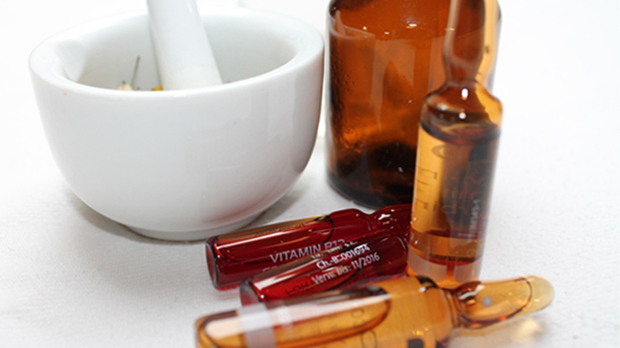Many people are unaware that women face specific risk factors for stroke throughout their lives. Conditions such as pregnancy, preeclampsia, and chronic stress can contribute to an increased risk of high blood pressure, a leading cause of stroke.
According to the Centers for Disease Control and Prevention (CDC), cardiovascular disease, including stroke, is the leading cause of death among women, and 1 in 5 women will experience a stroke. Fortunately, the majority of strokes can be prevented.
Taking care of yourself by understanding your risk factors can help reduce your chances of having a stroke and lead to a better quality of life. Start managing your stroke risk with these tips from the American Stroke Association, a division of the American Heart Association:
Monitor Your Blood Pressure The first step in reducing your risk of stroke is to be aware of your blood pressure and keep it within a healthy range. High blood pressure is the number one preventable cause of stroke, as stated by the American Heart Association.
To know your blood pressure, have it measured at least once a year by a healthcare professional and regularly monitor it at home. Discuss the readings with your doctor. For most individuals, a normal blood pressure should be 120/80 mm HG or lower.
In addition to monitoring blood pressure, maintaining a healthy weight, engaging in regular physical activity, adopting a healthy diet, and reducing or quitting alcohol and tobacco use can help control blood pressure. If you do develop high blood pressure, work with a healthcare professional to develop a plan to manage it effectively.
Plan for Pregnancy In the United States, high blood pressure during pregnancy is becoming more prevalent, according to the CDC. Medical conditions like preeclampsia, gestational diabetes, and blood clots during pregnancy increase the risk of stroke during and immediately after pregnancy.
Managing conditions like high blood pressure before becoming pregnant can help ensure the health of both you and your baby throughout pregnancy and beyond. Your health during and after pregnancy can shape the lifelong well-being of you and your child. If you are planning to become pregnant or are currently pregnant, regular monitoring of your blood pressure is essential.
Take Care of Your Mental Health While some stress is unavoidable, constant or chronic stress is detrimental to health. Prolonged stress may contribute to high blood pressure and unhealthy lifestyle choices, ultimately increasing the risk of stroke.
The Stress in America 2020 survey conducted by the American Psychological Association identified money, work, family responsibilities, and health concerns as the primary sources of stress. Managing stress and blood pressure can significantly improve overall health and well-being. Take control of your schedule and set aside time to invest in your health. Find at least 10 minutes each day to do something for yourself, such as listening to music, meditating, or going for a walk.

Learn the Warning Signs A stroke can occur at any age. Seeking immediate treatment can help minimize the long-term effects and even prevent death. Familiarize yourself with the F.A.S.T acronym to recognize the signs of a stroke:
- Face drooping: Does one side of the face droop or feel numb? Ask the person to smile. Is the smile uneven?
- Arm weakness: Is one arm weak or numb? Ask the person to raise both arms. Does one arm drift downward?
- Speech difficulty: Is the person’s speech slurred or hard to understand? Ask them to repeat a simple sentence like “The sky is blue.”
- Time to call 911: If someone shows any of these symptoms, even if they disappear, call 911 and go to the hospital immediately. Note the time when the first symptoms appeared.
Discuss ways to improve your well-being and prevent stroke with your doctor. For more wellness tips, visit stroke.org.






